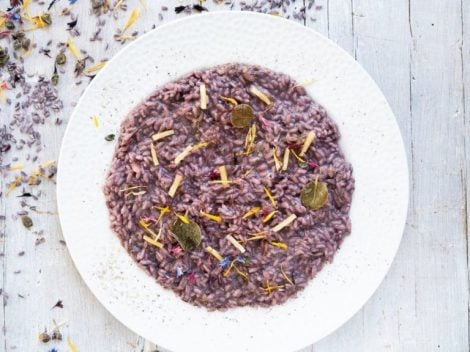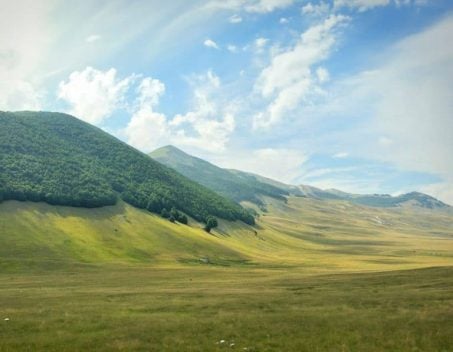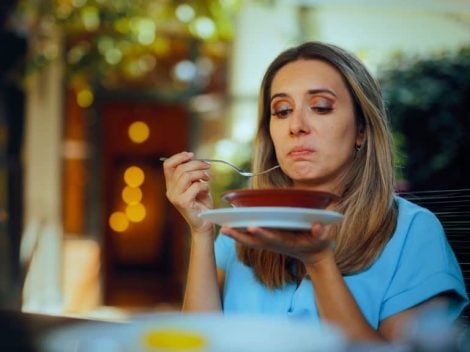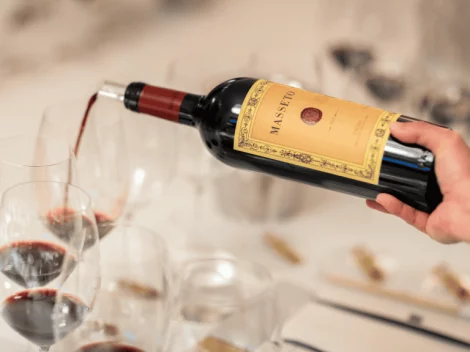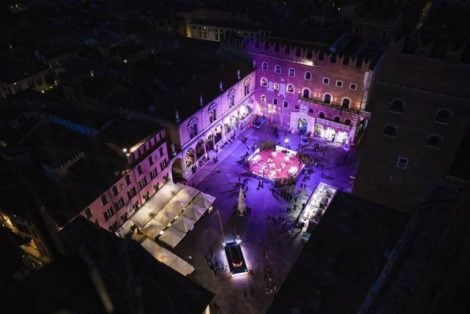As we observed during tastings for the Vini d’Italia 2025 guide by Gambero Rosso, Tuscany — alongside Piedmont — boasts a vast and unique landscape of territories, styles, and terroirs. However, excellent results are not exclusive to the most famous denominations, such as Chianti Classico, Brunello di Montalcino, or Bolgheri.
Carmignano: From DOC to DOCG
A prime example is Carmignano, one of the most intriguing red wines in the region, produced in the hilly areas of Carmignano and Poggio a Caiano in the province of Prato. The denomination covers 135 registered hectares on the eastern slopes of the Montalbano mountain range. Thanks to the initiative of Carmignano’s winemakers, the wine obtained DOC status in 1975 and was promoted to DOCG in 1990.
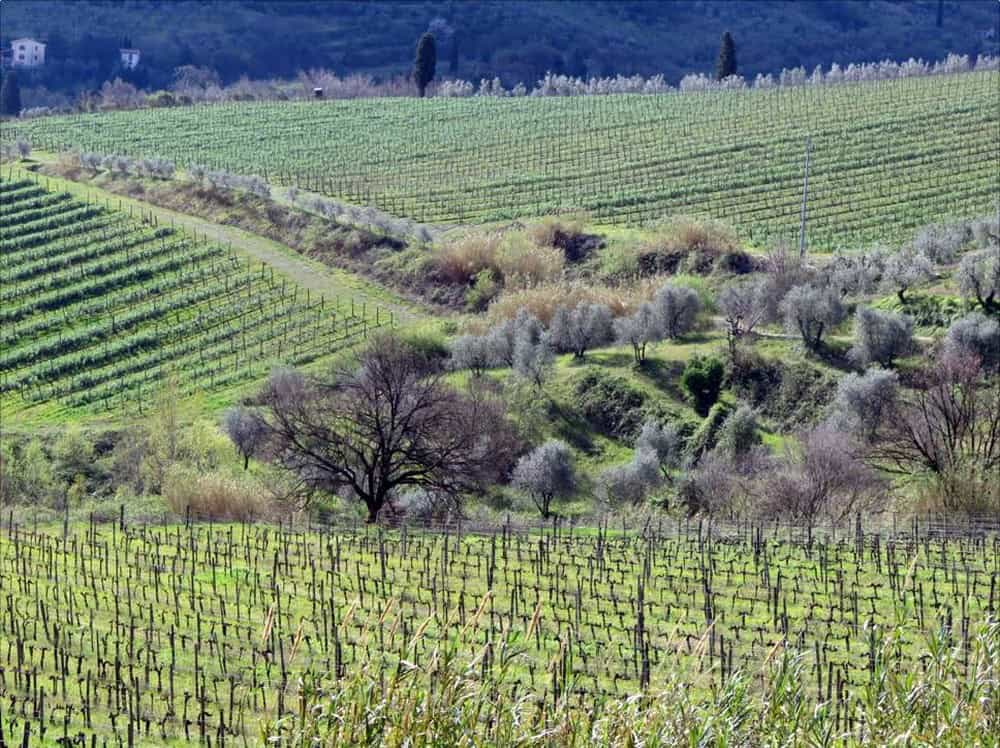
Tenuta di Capezzana - photo www.facebook.com/tenutadicapezzana/
The Carmignano production area, where wine was already being made in Etruscan times, was officially defined in 1716 by the decree "Sopra la Dichiarazione dé Confini delle quattro Regioni Chianti, Pomino, Carmignano, e Val d'Arno di Sopra" issued by Grand Duke Cosimo III de’ Medici, which established the boundaries of these wine-producing regions.
Carmignano is primarily made from Sangiovese, blended with Canaiolo Nero (max. 20%), Cabernet Franc and Cabernet Sauvignon (10-20%), and an optional addition (max. 10%) of white grape varieties such as Trebbiano Toscano, Canaiolo Bianco, and Malvasia del Chianti. The denomination includes Carmignano DOCG and Carmignano Riserva DOCG.
The region’s ventilated climate, significant temperature variations, and well-distributed rainfall—even in summer—make Carmignano particularly suited to vine cultivation, ensuring optimal grape ripening. The resulting wine is well-structured, with a refined and intense bouquet that lends itself beautifully to ageing (by law, a minimum ageing period of 10 months in oak and/or chestnut barrels is required, extending to 12 months for Carmignano Riserva DOCG).
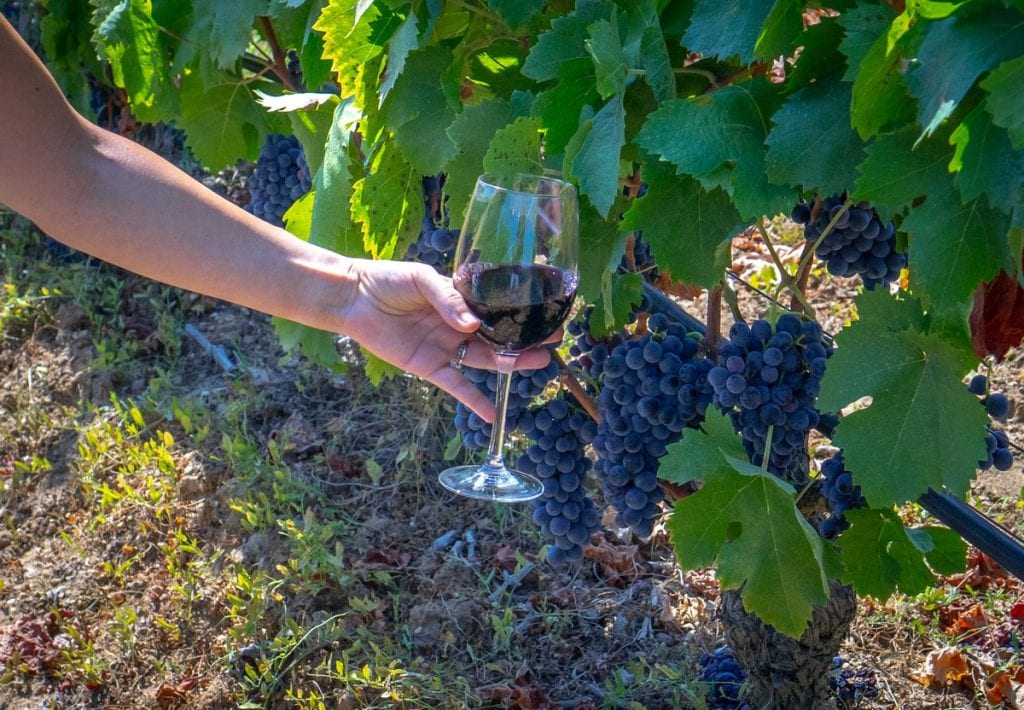
The best Carmignano wines awarded Tre Bicchieri and Due Bicchieri Rossi
Here are the Carmignano wines that received Tre Bicchieri—the highest recognition in Gambero Rosso’s Vini d’Italia 2025 guide —or Due Bicchieri Rossi, having reached the final tasting rounds.
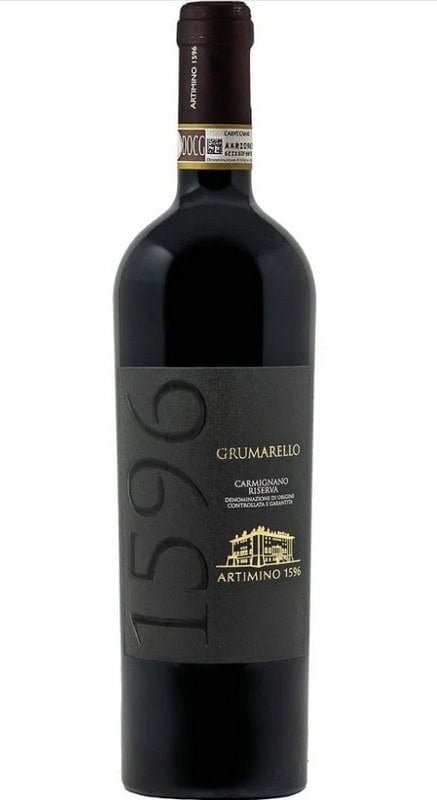
Carmignano Grumarello Ris. 2020 - Tenuta di Artimino
Carmignano Grumarello Riserva '20 – This wine offers a complex nose, featuring pronounced black fruit, vegetal and balsamic notes. The palate is silky, with a gradually intensifying fruity finish and a lingering wet-stone minerality.
Tenuta Artimino was acquired in the 1980s by Giuseppe Olmo, a businessman and former cycling champion. Today, the estate is undergoing an ambitious transformation under Annabella De Pascale, the third generation of the Olmo family, integrating wine tourism, gastronomy, and sustainability. This strategic shift has also enhanced the winery’s production, ensuring consistent and high-quality wines.
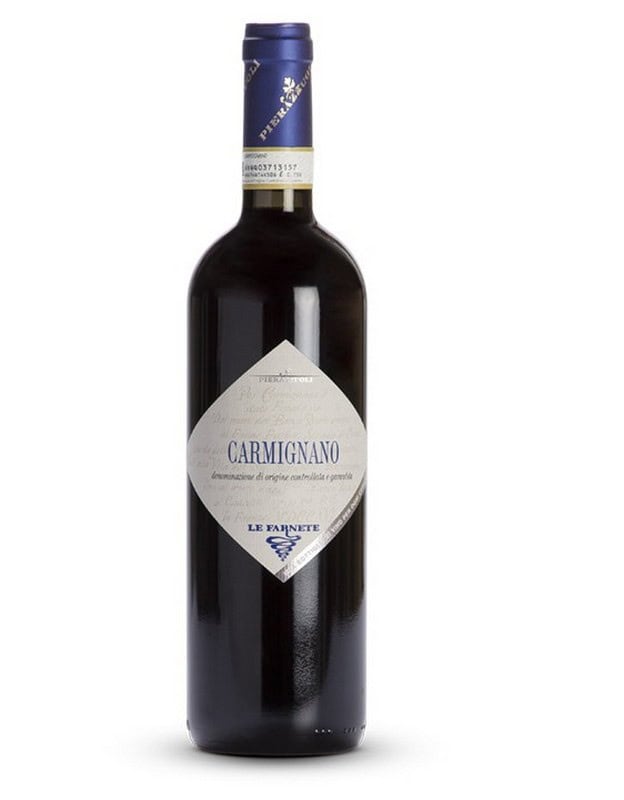
Carmignano Ris. 2021 - Tenuta Le Farnete Cantagallo
The Carmignano Riserva '21 from Tenuta Le Farnete Cantagallo has aromas of red fruit with smoky notes, freshly cut grass, and a spicy backbone. Its flavour progression is dense and fleshy, culminating in a long, fruity, and mentholated finish.
The Pierazzuoli family owns Tenuta Le Farnete within the Carmignano denomination and Tenuta Cantagallo in the Chianti Montalbano production area. At the former, Sangiovese, Cabernet Sauvignon, and Aleatico are predominantly cultivated, while at the latter, the vineyards grow Sangiovese, Merlot, Syrah, Colorino, Trebbiano, and Malvasia.
The winery’s style is distinctive, generally adopting a modern approach without lacking finesse, well-supported by a restrained use of maturation oak.
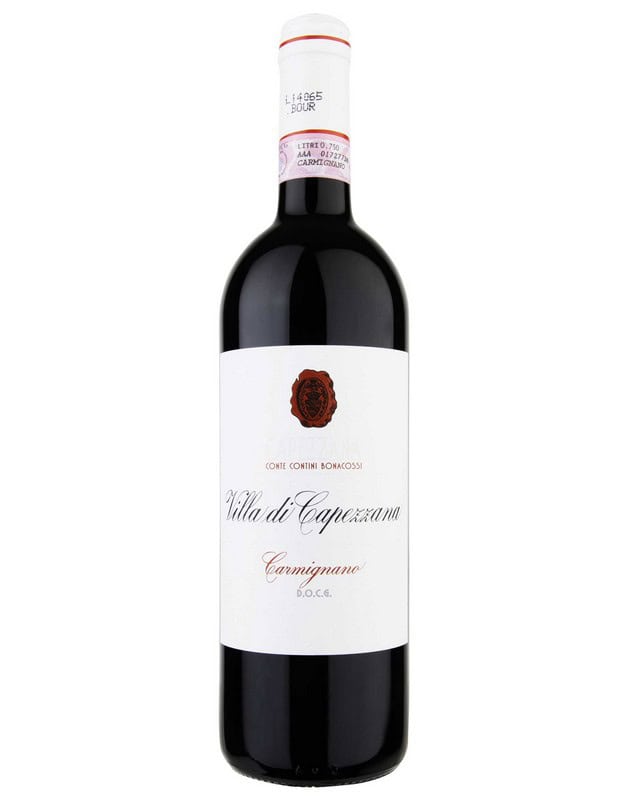
Carmignano Villa di Capezzana 2020 - Tenuta di Capezzana
Carmignano Villa di Capezzana '20 – Aromas of giaggiolo (iris), small black fruits, and undergrowth lead to a palate with youthful, slightly firm tannins, closing on a long, mineral, and balsamic finish.
A historic document from the Florence State Archives, dated 804 AD, records that vines and olive trees were already cultivated in Capezzana. In 1920, Alessandro Contini Bonacossi acquired the estate. Today, the fourth and fifth generations of the family—Beatrice, Filippo, and Benedetta, along with their nephews Ettore, Gaddo, and Serena—continue its legacy, balancing tradition with innovation.
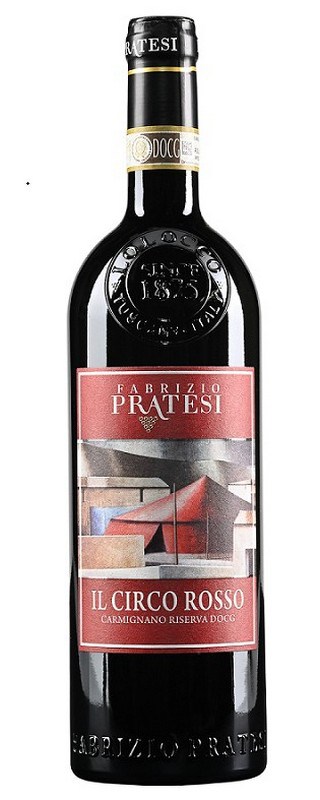
Carmignano Il Circo Rosso Ris. 2021 - Fabrizio Pratesi
Carmignano Il Circo Rosso Riserva '21 – A rich aromatic profile featuring dried flowers, raspberries, and mint, enhanced by sweet spices. On the palate, despite its olfactory richness, it remains dynamic, with a perfectly balanced sweetness in the tannins.
Fabrizio Pratesi founded his winery in 1983 on the Lolocco estate. However, the turning point came in the late 1990s, coinciding with a broader revival of the Carmignano denomination. Since 2014, Fabrizio Pratesi has dedicated himself entirely to winemaking, personally cultivating his Sangiovese, Cabernet Sauvignon, Cabernet Franc, and Merlot vineyards, producing wines aged exclusively in new and second-passage barriques.
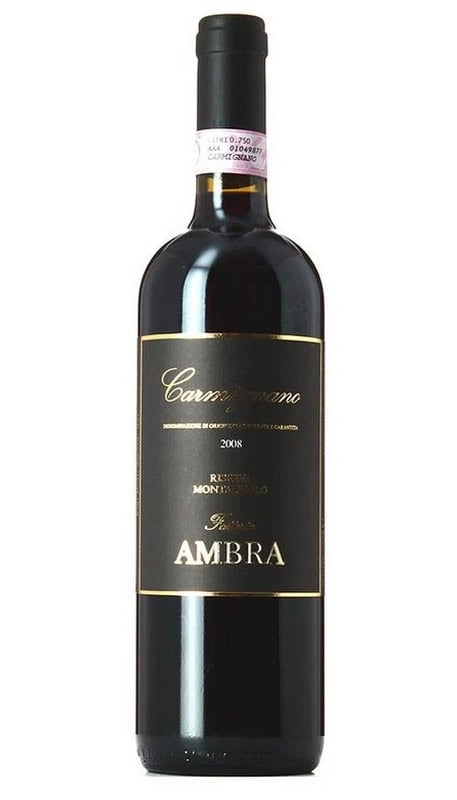
Carmignano Montalbiolo Ris. 2020 - Fattoria Ambra
Carmignano Montalbiolo Riserva '20 – A structured and rich wine with a vibrant, well-defined palate, supported by an intense and focused aromatic profile.
Fattoria Ambra has belonged to the Romei Rigoli family since the late 19th century. Today, Giuseppe Rigoli manages the estate alongside his wife Susan and nephew Fabio Marzotti. The vineyards—predominantly planted with Sangiovese, Cabernet Sauvignon, and Canaiolo—are located in some of the most prestigious areas of Carmignano, including Montalbiolo, Elzana, Santa Cristina in Pilli, Montefortini, and Podere Lombarda. The estate follows organic farming practices.
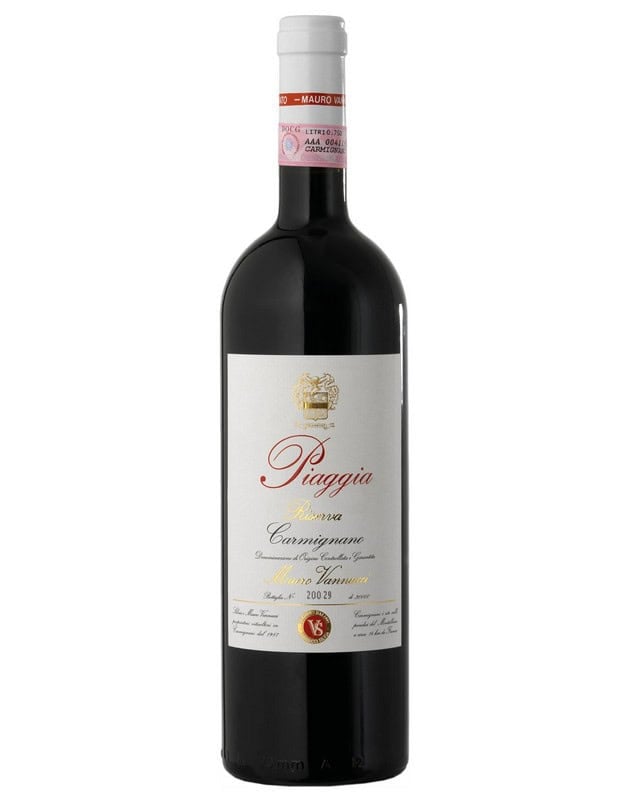
Carmignano Ris. 2021 - Piaggia
Carmignano Riserva '21 (Piaggia) – A robust and structured wine with intriguing hints of game on the nose, intertwined with cherry and orange notes. The palate is well-defined, leading to a taut yet voluptuous finish.
Founded by Mauro Vannucci in the mid-1970s, Piaggia is now managed by his daughter Silvia. The winery’s first Carmignano Riserva wines gained recognition in the 1990s, at a time when Piaggia was still a small operation, significantly contributing to the revival of the denomination. Today, Piaggia has expanded both in vineyard area and quality, securing a leading position in both regional and national wine production.

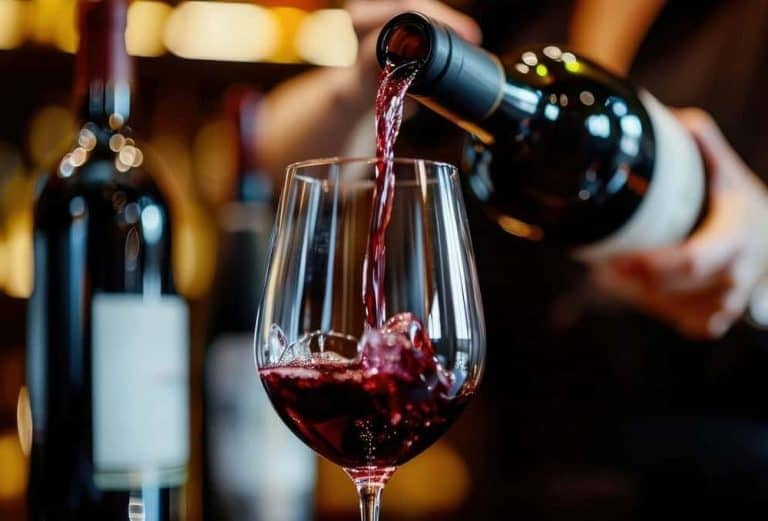
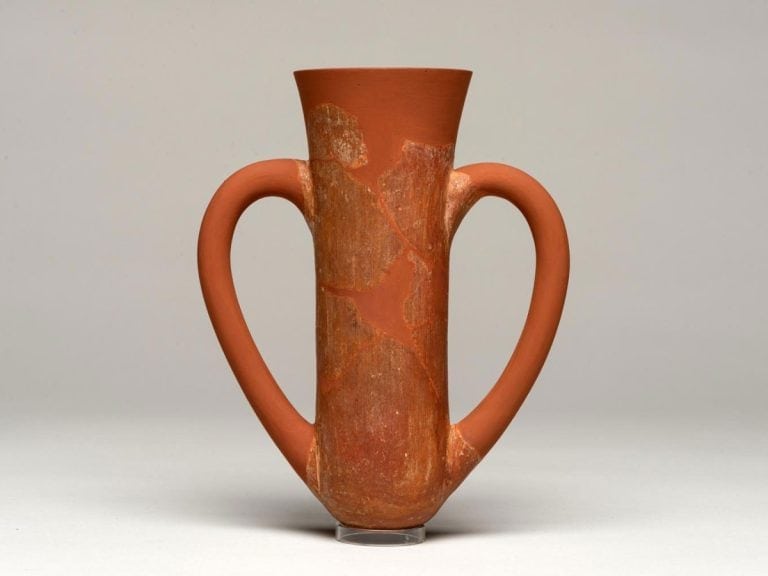 Wine was a drink of the people as early as the Early Bronze Age. A study disproves the ancient elitism of Bacchus’ nectar
Wine was a drink of the people as early as the Early Bronze Age. A study disproves the ancient elitism of Bacchus’ nectar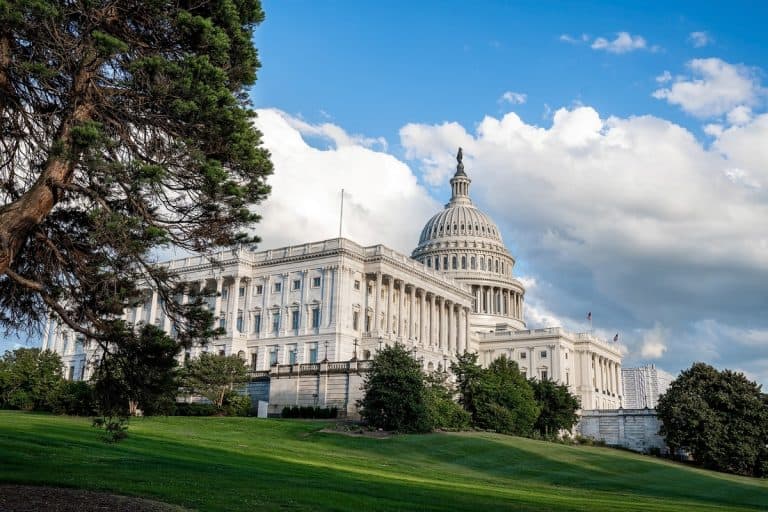 "From 2nd April, US tariffs between 10% and 25% on wine as well." The announcement from the Wine Trade Alliance
"From 2nd April, US tariffs between 10% and 25% on wine as well." The announcement from the Wine Trade Alliance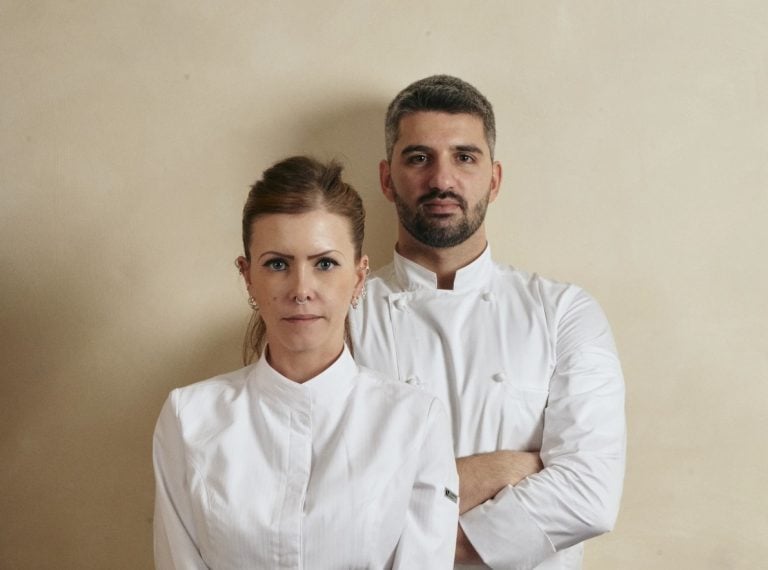 Michelin surprise: in France, the guide rewards Italian chefs
Michelin surprise: in France, the guide rewards Italian chefs Vinitaly 2025: "Piwi should not be included in the DOCs. Dealcoholised wines? I have changed my mind." Angelo Gaja's position
Vinitaly 2025: "Piwi should not be included in the DOCs. Dealcoholised wines? I have changed my mind." Angelo Gaja's position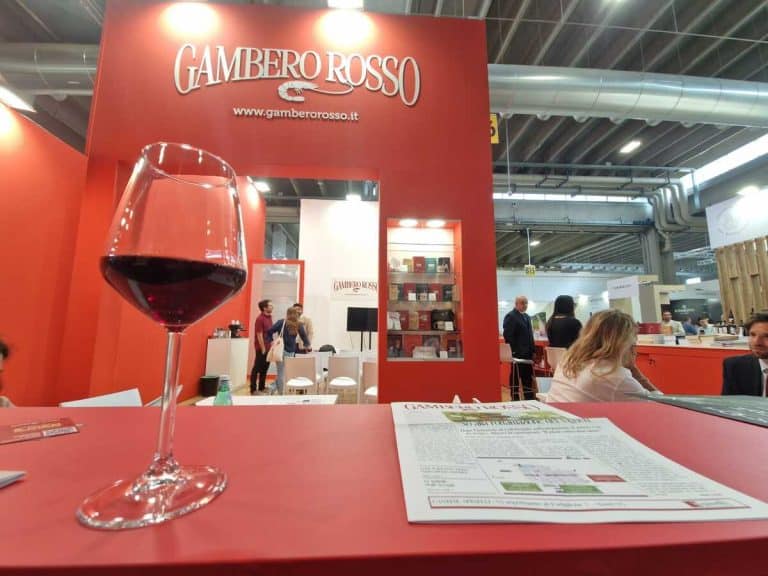 Vinitaly 2025: here are all the events by Gambero Rosso. Tre Bicchieri, debates, TV and much more...
Vinitaly 2025: here are all the events by Gambero Rosso. Tre Bicchieri, debates, TV and much more...